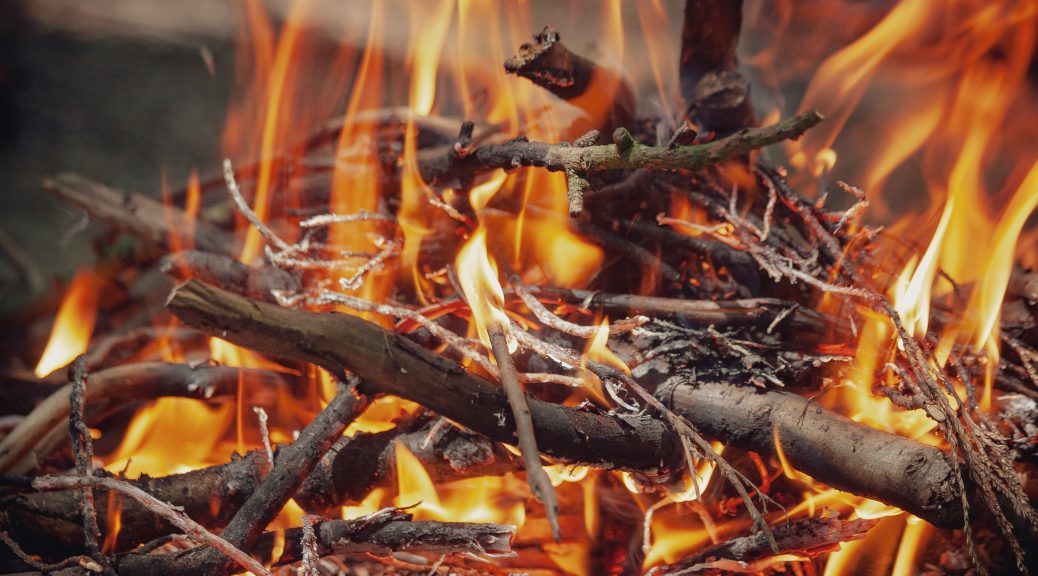Given weather patterns and time of year, the Kamloops Fire Centre has determined that restrictions on Category 2 open burning will be lifted as of noon on June 19, 2020. Category 2 open burning involves fires less than 2 metres in height and less than 3 square metres in width. Category 3 open burning (fires greater than 2 metres in height and greater than 3 square metres in width) remain prohibited.
These changes have resulted in an amendment to the prior fire ban enacted on April 16, 2020.
City of Enderby
Open burning is prohibited in the City of Enderby unless you have a permit.
Inside of the City of Enderby, those who have been issued a burning permit before the fire ban may proceed provided the open burning meets the permit conditions and is limited to a Category 2 fire; please notify the Fire Chief or City Hall before proceeding so that our Fire Department is aware of the dates and locations of the burning.
Please note that the City of Enderby has regulations prohibiting campfires and other kinds of burning except in certain circumstances. These regulations are in place at all times. Please review this summary of the City of Enderby burning regulations and ensure that you are compliant.
Shuswap River Fire Protection District
The Shuswap River Fire Protection District is that part of Area F of the RDNO that receives fire protection coverage from the Enderby & District Fire Department.
Within the Shuswap River Fire Protection District, open burning of Category 2 fires may be permitted provided there are no Provincial or Regional District regulations that would otherwise prohibit it.
Fire Definitions
Please review this poster for information about the different kinds of fires.
The BC Wildfire Service urges people to take the following precautions with any allowed outdoor burning:
- Ensure that enough people, water and tools are on hand to control the fire and stop it escaping.
- Do not burn in windy conditions. The weather can change quickly, and wind may carry embers to other combustible material and start new fires.
- Create a fire guard around the planned fire site by clearing away twigs, grass, leaves and other combustible material right down to the soil.
- Never leave a fire unattended.
- Make sure that your fire is fully extinguished, and the ashes are cold to the touch before you leave the area for any length of time.
Last Updated on July 28, 2020.


